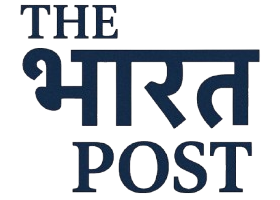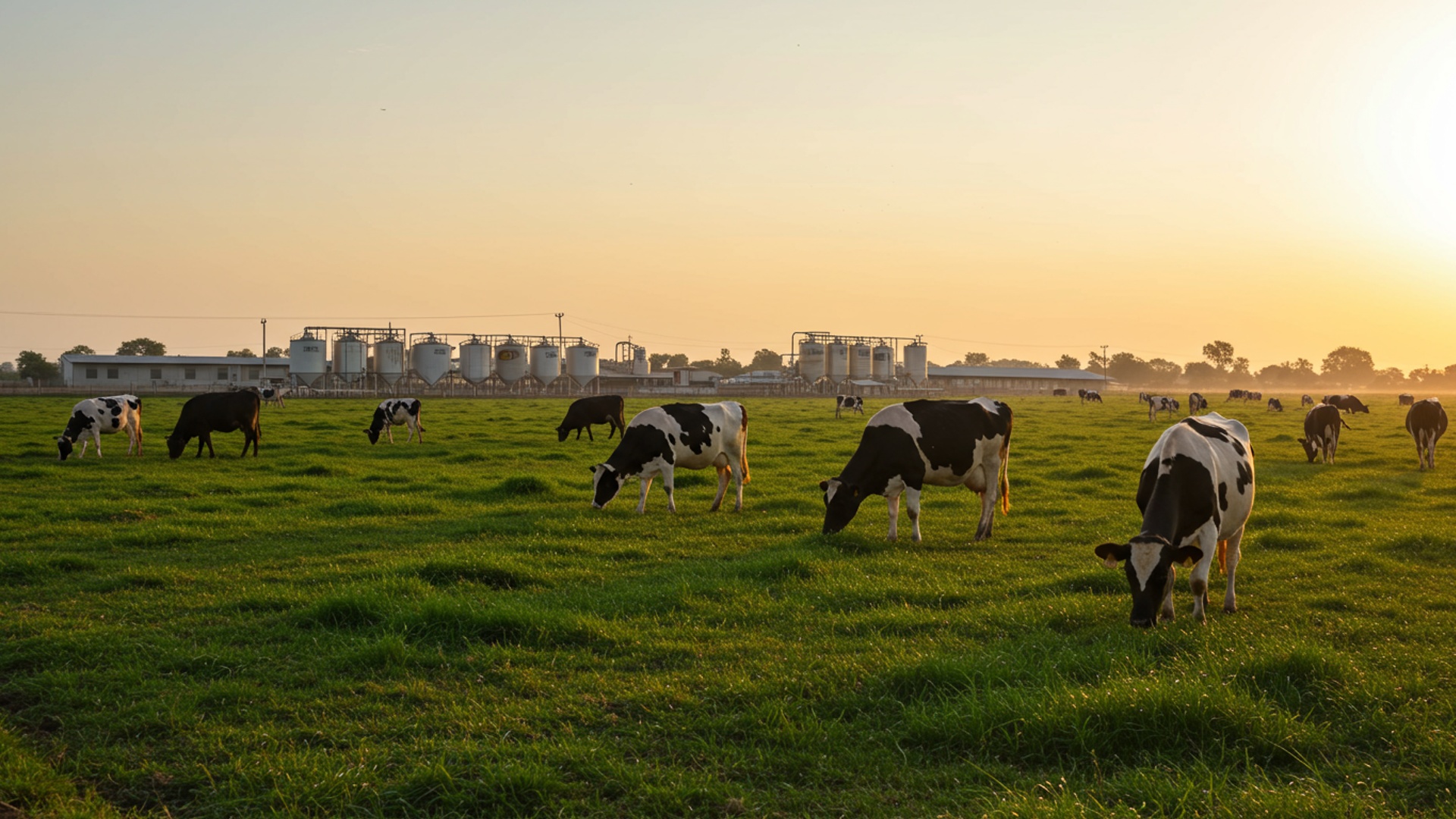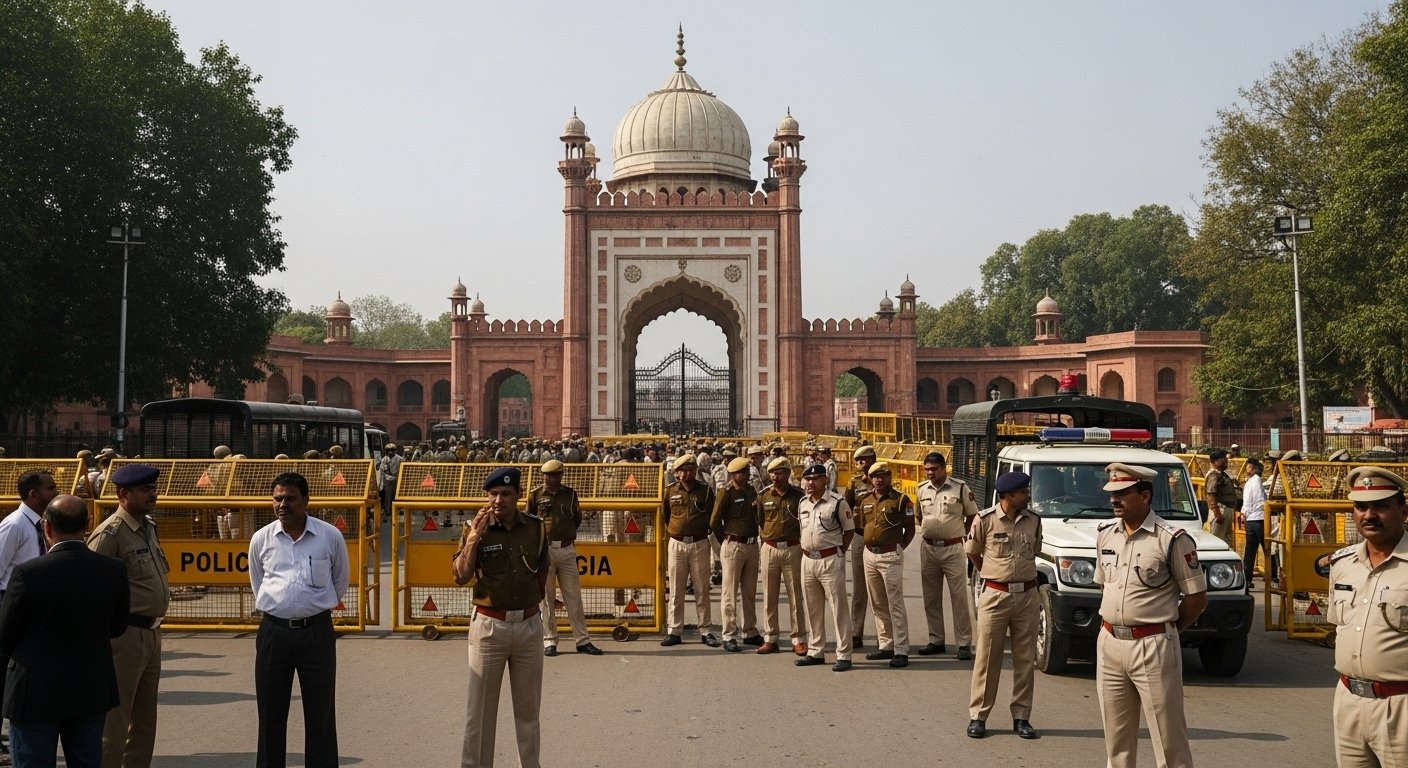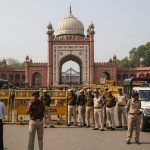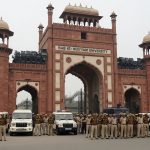Madhya Pradesh is now pushing hard to become India’s main milk maker, a big goal that comes with many new plans across the state. Farmers and government workers are putting in a lot of effort right now, setting up new ways to raise milk cows and get milk to markets. This big push aims to make milk production much higher and help milk workers earn more money, making Madhya Pradesh a key player in the country’s milk business. The state is quickly changing its farming ways and support for milk farms, hoping to set a new record in milk output and create a strong path for more money for many families. This bold step shows how serious the state is about growing its food business and becoming a major force in the nation’s food supply.
Efforts to Boost Milk Production
Madhya Pradesh is actively working to greatly increase its milk production. The state currently holds the third position in the country for milk output, contributing about 9 percent to India’s total milk supply. The state aims to raise its share to 20 to 25 percent in the coming years, with a specific target to become the “milk capital” of the country by the year 2028. This big goal comes with several new plans and strong support from the government. A key step in this direction is the launch of schemes designed to help farmers directly. One such program is the Dr. B. R. Ambedkar Kamdhenu Yojana. This plan offers financial help to farmers who want to set up new dairy units. For farmers from Scheduled Castes and Scheduled Tribes, the scheme provides a 33 percent money back offer on the cost of setting up a dairy unit. Other farmers can get a 25 percent money back. A dairy unit under this scheme can have up to 25 milk-producing animals and can cost up to 42 lakh rupees. The money back is given as a lump sum after a three-year period, with no interest charged on this amount. To join this scheme, people must be at least 21 years old and must have finished required dairy farming training. The plan gives first chance to farmers who are already sending milk to registered milk groups and those who are on milk collection routes. Another essential program that has been helping farmers since 2016 is the Acharya Vidyasagar Gau Samvardhan Yojana. This scheme also offers money back on setting up dairy units. Farmers can get up to 33 percent money back for units with five or more milk-producing animals. The government also helps by paying a part of the interest on bank loans for these units, up to 5 percent interest or 25,000 rupees per year for seven years.
Working Together for Growth
To make sure the state achieves its milk production goals, the Madhya Pradesh government has signed a major agreement with the National Dairy Development Board (NDDB). This agreement, set for five years, aims to greatly improve the milk business in the state. Under this agreement, several big changes are planned:
- Milk collection centers will be set up in every village council area.
- The number of dairy cooperative societies will increase from 6,000 to 9,000.
- The daily amount of milk that can be processed will go up from 18 lakh liters to 30 lakh liters.
- The daily amount of milk bought from farmers will increase from 10. 5 lakh kilograms to 20 lakh kilograms.
The government will also put in 2,500 crore rupees to build new dairy buildings and equipment as part of the White Revolution Mission. This money will be used to put in milk coolers, set up small dairy plants. make chilling centers bigger in every district. The aim is to make sure farmers get fair prices for their milk and earn more money. Chief Minister Mohan Yadav has stated that the goal is to double the yearly income of dairy farmers from 1,700 crore rupees to 3,500 crore rupees. Moreover, the government has decided to buy cow milk from farmers, in addition to buffalo milk. will pay higher prices for cow milk. This decision is meant to further help cow keepers. The grant money given for running cow shelters has also been increased from 20 rupees to 40 rupees per cow per day.
Why This Goal Matters
The push to make Madhya Pradesh a leader in milk production is crucial for several reasons. It aims to make farmers and those who raise animals more self-reliant by increasing their earnings. By boosting milk production and improving the dairy business, the state hopes to strengthen its rural economy and create more job chances in villages. The state currently produces 591 lakh kilograms of milk daily. the amount of milk available per person is 644 grams per day, which is much higher than the national average of 459 grams. The government’s focus is also on improving cow-based milk production and promoting farming methods that do not harm the environment. This includes giving help for raising local cows, making organic milk. programs to improve animal breeds. There are also plans to bring 50 percent of the state’s villages into a proper milk collection system by 2026. The efforts also include making sure that milk products from the state are sold only after adding value to them.
Things That Make It Hard
Despite these big plans, the dairy farmers in Madhya Pradesh face several problems that can slow down progress. One main issue is that farmers often do not use improved farming practices. This includes problems with animal breeding, such as animals repeatedly not getting pregnant and farmers not knowing enough about when animals are ready to breed. There is also a lack of access to good quality breeding animals and the local animals do not produce as much milk as they could. Feeding animals is another challenge. Farmers sometimes choose to grow other crops like soybean, onion. garlic because they bring in more money, which can lead to a shortage of animal feed. Many farmers also do not know about modern ways of feeding animals or how to use tools like fodder cutting machines. The cost of animal feed can also be high. Getting good animal health care is also a problem. Veterinary services can be expensive. there is a lack of good medicines, shots. details about animal sicknesses. Poor cleaning and housing for animals also lead to animals getting sick, which means they produce less milk and sometimes die. Money matters also make things difficult for farmers. They often face high loan interest rates and low prices for their milk. It can be hard for them to get enough money from banks to buy more milk-producing animals or put money into their farms. Many farmers also do not have animal insurance. Also, some farmers lack the technical know-how to manage dairy farms well and there aren’t enough places to store milk.
What is Expected Next
The government is working to fix these problems. They plan to teach farmers about modern dairy methods through farm knowledge centers and other groups. There will be money back given for buying better quality animals. Plans are also in place to grow more animal feed and teach farmers how to store it. The number of animal doctors will be increased. animal shot programs will be made stronger. The state is also focused on making milk cooperative groups stronger so they can add value to milk products. Efforts are being made to expand the network of vehicles that carry cool milk to improve how milk gets from villages to dairy plants. The Chief Minister has also suggested that private universities should offer courses related to dairy technology and animal raising. Connecting experts from universities with cow shelters can help improve how these shelters are run. The government’s goal is to keep making strong efforts in the dairy sector, expecting that these steps will lead to notable growth and better lives for farmers across the state. ![]()
